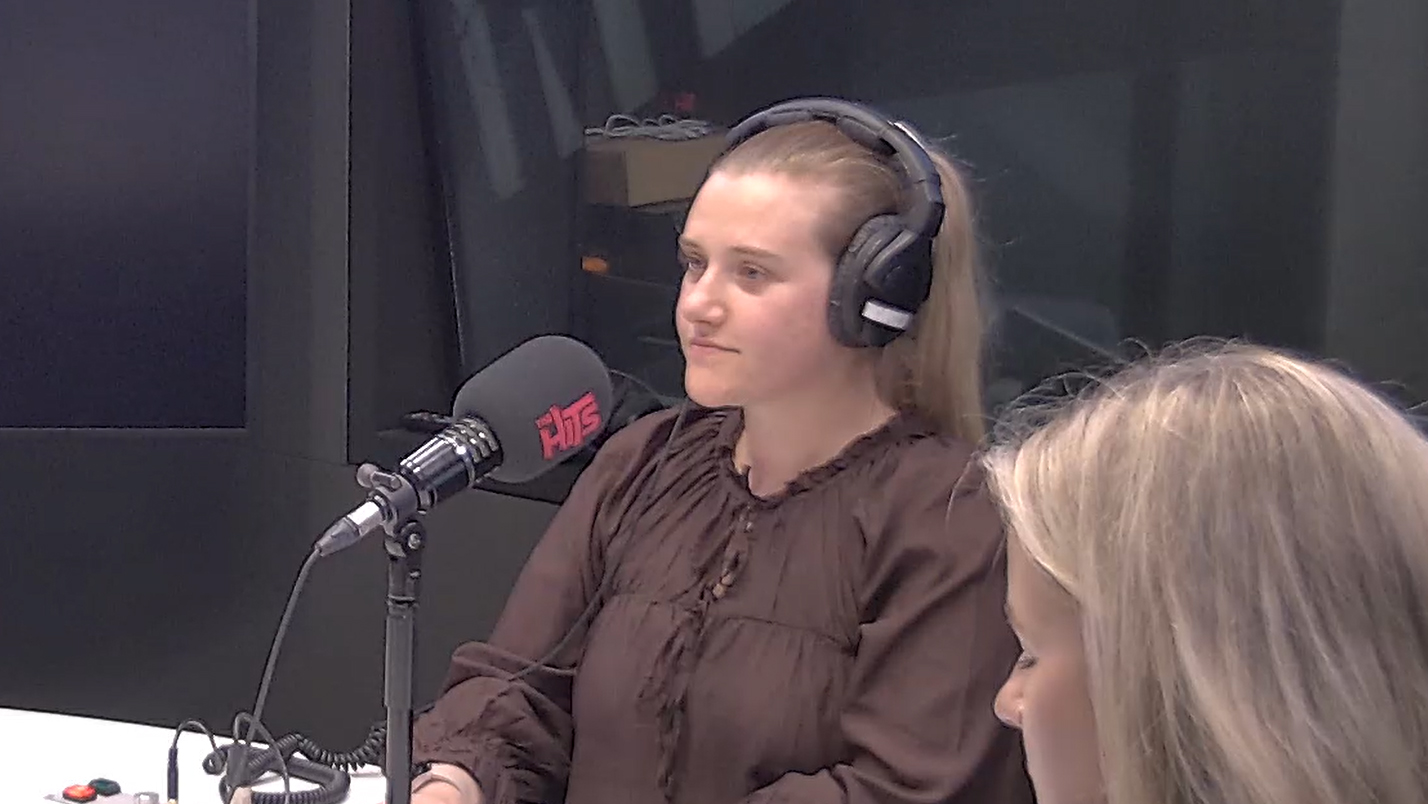KiwiSaver providers across the market are reporting an increase in members suspending their regular KiwiSaver contributions. This may not be surprising given the impact of increasing living costs on individuals and households due to high inflation, increasing food and energy costs, and rising mortgage costs for homeowners rolling off low-rate fixed mortgages to much higher interest rates.
Recently the Inland Revenue, which administers KiwiSaver payments, also noted a similar trend and, worryingly, 28% of those stopping their contributions were aged 25 – 35 years old while 70% were under 45.
This is particularly concerning, because younger KiwiSaver members have the most to gain from regular contributions to their accounts, even if those contributions are small. Over time, these contributions add up, along with investment returns, to a nice lump-sum which can be used towards a first home purchase or a retirement nest egg.
The beauty of KiwiSaver is that it’s not just your contributions which are accumulating, but also your employer’s contributions (for most employees) and the annual $521 government contribution, provided you’ve contributed at least $1,042.1
If you stop your contributions your employer will also stop their contributions. And, if you don’t contribute anything to your account over the KiwiSaver year (1 July to 30 June), you won’t receive the government contribution. So, you’re essentially giving yourself a pay cut of at least 3% (maybe more if your employer contributes more than the minimum 3% of your pay).
This could add up to tens or maybe even hundreds of thousands of dollars less in your KiwiSaver account at retirement, depending on how long you stop contributing. For someone earning the median NZ income from wages and salaries of $61,8002, and contributing the 3% minimum to their KiwiSaver, that’s $1,8543 in lost personal contributions per year. Add to that lost employer contributions of around $1,8543 (assuming 3% employer contributions) and the lost government contribution of $521, that’s around $2,375 of contributed money you’re missing out on each year! Including your own contributions of $1,854, that adds up to around $4,229 less being added to your account each year.
If you add in lost investment earnings and the effects of compounding on those contributions, it’s easy to see how the sums can get very large over time, especially if you stop your contributions for a number of years.
Times are tougher for all of us as we face rising interest rates and higher living costs. It would be easy to try and meet these higher costs by reducing your savings plan however, if possible, try to maintain your KiwiSaver contributions. By doing so you will avoid that pay cut and reduce the risk of facing a much less comfortable lifestyle in retirement than you’re dreaming of.
If you would like financial advice about the Milford KiwiSaver Plan, you can speak to one of our KiwiSaver Financial Advisers on 0800 662 348 or at [email protected]
———————————————————-
1. Elgibility criteria applies, see https://www.ird.govt.nz/kiwisaver/kiwisaver-individuals/kiwisaver-benefits#
2. https://www.stats.govt.nz/information-releases/labour-market-statistics-income-june-2022-quarter/
3. Less Employer superannuation contribution tax.
For more information about getting advice at Milford, see milfordasset.com/getting-advice. Financial Adviser Disclosure statements are available upon request free of charge.


